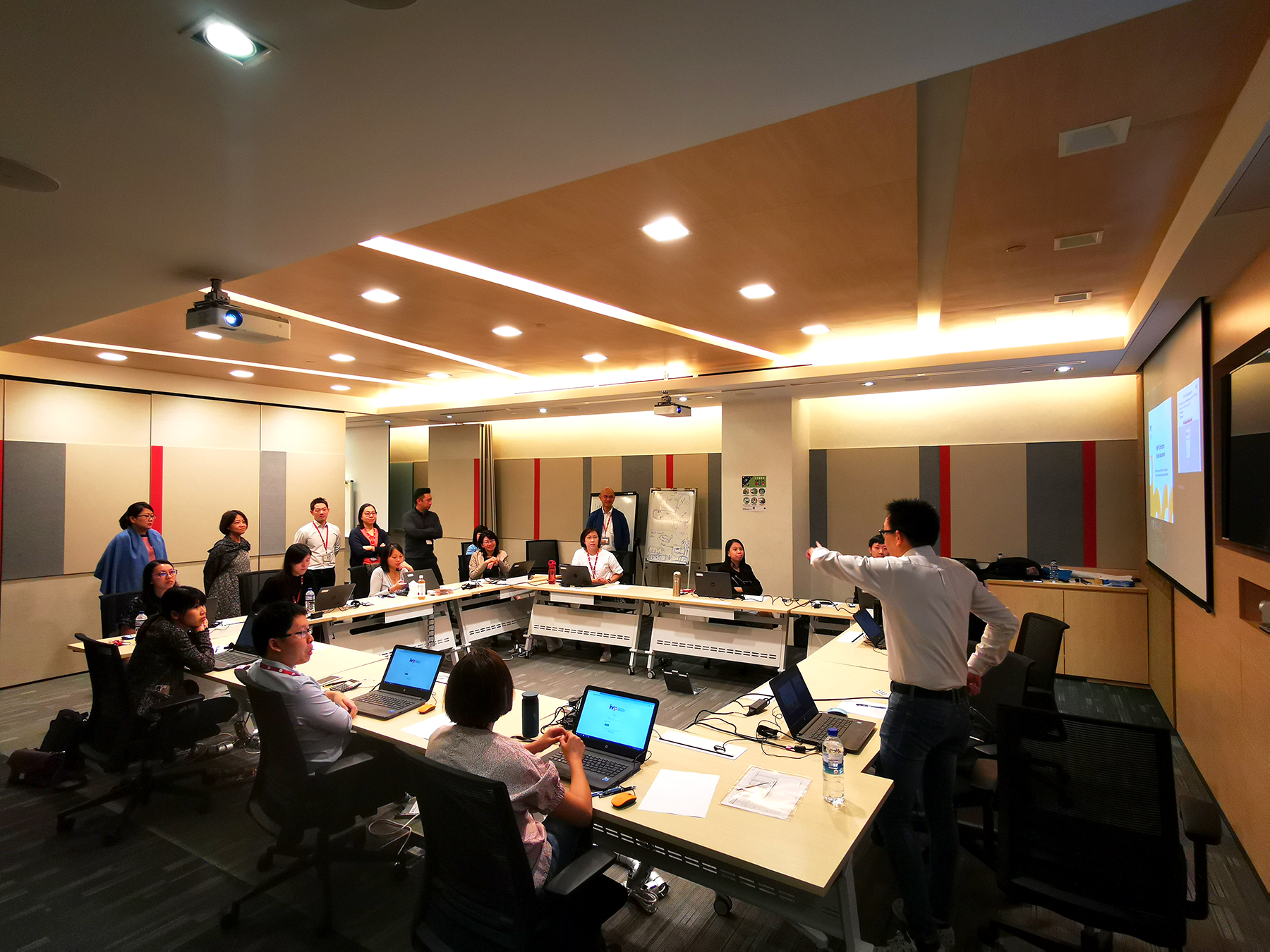 Date & Time
Date & Time
7 November 2019
When SATS, Asia’s leading provider of Gateway Services and Food Solutions, kickstarted a robot trial as part of their job redesign initiative to keep employees relevant to the changing workforce, they did not expect the robot to be literally kicked. A disgruntled employee did not take the trial positively and exclaimed that the robot was going to overtake her job role.
“We had to send the robot back to the vendor and ask for a new one,” said Lilian Tan, Chief Human Resources Officer, with a laugh. As SATS’ HR leader working on transforming the company’s workforce over the past few years, challenges like these are not new to her.
Lilian explained that she resolved the problem by communicating the benefits of the robot to the employee and how its purpose was to help her, not overtake her job. Now, the employee appreciates how she can be productive with the robot.
“We need technology,” Lilian asserted. “It is here to stay and this is how the world is going to be. But our people are also important too, this is why our approach to innovation and technology is ‘Technology-driven, People-led’.”
Hence, SATS launched the SATS Academy in 2018 to accelerate the development of all employees. To date, SATS Academy has trained over 6,200 employees, of which more than a quarter are aged 50 and above.
In the last 3 years, 31 jobs have been redesigned and this effort continues under the ambit of the Company Training Committee (CTC), a NTUC initiative, which SATS is a strong supporter of. Together with the CTC and the SATS Academy, Lilian has been making decisions that impact and help the 17,500-strong workforce.
She has come a very long way.
For instance, when she first launched the company app, MySATS+, many blue-collar employees did not warm up to the idea. However, after publicising the usefulness of the app, using incentives such as vouchers to gamify usage, and even bringing in a tech truck where employees got to try different gadgets, Lilian has turned things around.
Employees now enjoy using the app to post videos, submit claims for company-related expenses such as transport, and interact with the chatbot to get their HR queries answered. For instance, the chatbot can tell employees what their medical benefits are, or instruct them on how to support claims.
The employees value the app so much, they even approach Lilian and suggest how to make more work processes digitised and available on the app.
“As you go from project to project, people begin to see the benefit in the end. They will eventually accept and embrace the journey on transformational programmes and initiatives,” said Lilian.
Additionally, Lilian always encouraged SATS’ staff to learn what is beneficial so that they can grow the organisation with purpose. This was evident when the Institute for Human Resource Professionals (IHRP) introduced the national certification for HR professionals, Lilian knew she wanted to get her team certified. “Lawyers and accountants have certifications, but what about HR professionals?” she asked.
More than 30 of her teammates took on the IHRP certification journey together earlier this year. Lilian shared how it was an eye-opening opportunity that really tested their knowledge on the subject matter such as the Employment Legislations. She said that through this rigorous training journey, her team obtained more knowledge which improved their capability. This capability fostered additional confidence in her team, positively affecting how they interact with business leaders.

IHRP invigilator giving instructions to the SATS candidates
In addition to the certification, Lilian made the choice for SATS Ltd to join IHRP as a Corporate Partner for the exclusive benefits. “IHRP is an excellent resource for us, they organise learning journeys, provide online training materials and facilitate sharing of best practices. These are good benefits,” she said.
Lilian believes that as a HR leader, it is her job to have a deep understanding of the business and the direction it’s headed in order to make the right choices. If technology is going to alter a job, she has to understand where the job is now, and what steps can be taken to train the workers to get to that point.
With more leaders like Lilian, who use foresight and appropriate training to equip the workforce to stay relevant, organisations will be better prepared to integrate employees into the ever-changing technological work landscape.
This article is written for IHRP by Stories of Asia.
To find out more on how you can be part of the IHRP Corporate Partner Programme, click here.


